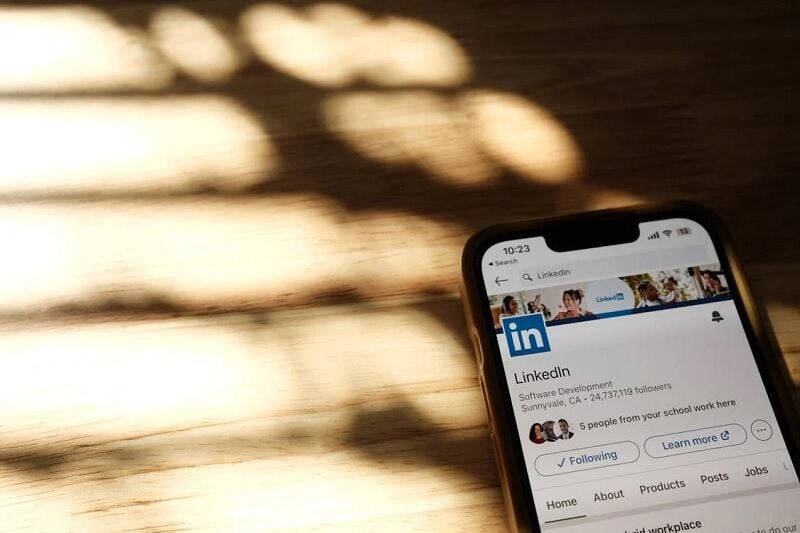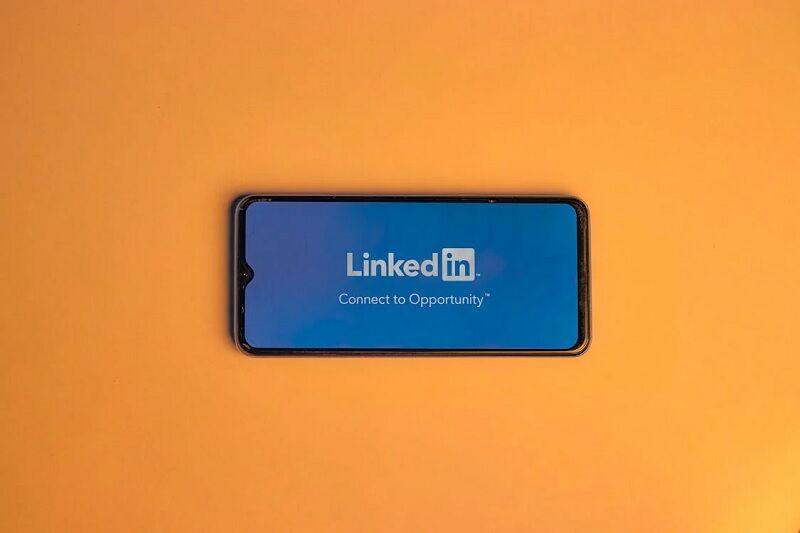Is linkedin really a good source for lead generation

LinkedIn, the renowned platform for professional connections, holds significant magnitudes of potential for lead generation a possibility that’s been intriguing marketers over the recent past. Its algorithm, purposed to emphasise engaging, relevant content, offers a potentially fertile landscape for businesses seeking to broaden their exposure.
However, traversing this realm may not be as simple as it first appears. The algorithm tends to prioritise content from your immediate connections, which could inhibit the reach of your posts. Factors such as data privacy and email marketing further compound the complexity.
Evaluating LinkedIn as a lead generation tool
This segment delves into Linkedin’s potency as a lead generation platform. It examines the strengths and weaknesses that it offers to marketers, and the relative impact of various features on its lead generation capabilities.
Pros and cons of using LinkedIn
LinkedIn, as a professional networking platform, abounds with potential leads. Its Sales Navigator tool aids in building targeted lead lists with access to its vast database. This convenient feature ensures that long lists of potential leads become readily accessible.
However, not all is smooth sailing. Certain predicaments may arise, such as the direct import of your Sales Navigator searches into not providing professional email addresses. This shortfall leaves you with a handful of personal emails linked to LinkedIn accounts that present several problems: insufficient emails, a stride against GDPR regulations, damaged sender reputations, and the potential for poor results.
Yet, despite these challenges, it continues to offer a valuable lead generation channel. By using platforms like Prospeo.io to find work email addresses, you can overcome some of these issues to drive successful campaigns.
Impact of LinkedIn features on lead generation
LinkedIn’s advanced search function is one such feature that can significantly enhance your lead generation strategy. This tool helps in locating potential leads with precision. Furthermore, leveraging your personal network and importing email contacts can also streamline the process of finding potential leads.
However, it’s worth noting the implications of its algorithm, which is designed to promote content from closely connected individuals that is relevant to your interests. While this enhances engagement, it could also curtail the reach of your posts, affecting lead generation.
Strategies for generating leads on LinkedIn

This section delves into tactics for enhancing the potency of LinkedIn as a lead-generation tool. It’ll guide you on approaches to creating a captivating profile, harnessing its advanced features, and developing compelling content strategies.
Optimising your LinkedIn profile
Your LinkedIn profile acts as a virtual storefront. It’s a potential lead’s first encounter with your professional brand, making its optimisation core in your lead generation strategy. Start by updating your header with high-quality images reflecting the nature of your business. Follow that up by creating an attention-grabbing headline, which succinctly communicates your role, expertise, and industry. Next, write a punchy, engaging summary that paints vivid pictures of your professional achievements, your brand’s value proposition, and how you solve your target audience’s challenges. Further boost your profile’s visibility in LinkedIn’s organic search by adding relevant keywords to your headline, summary, and experience sections.
Leveraging LinkedIn’s advanced features
LinkedIn’s advanced features, like the Sales Navigator and advanced search filters, offer a trove of opportunities for lead generation. Sales Navigator can help you access potential leads while keeping abreast of their business updates and managing your relationships with them more systematically. Its advanced filters let you narrow down targets to specific industries, job titles, and company sizes. Furthermore, its Matched Audiences feature lets you retarget website visitors, create contact-based audiences using email lists or CRM data, or build account-based audiences by targeting selected companies. These features boost your potential to engage with an audience that has already shown interest in your business or is more likely to be interested.
Content strategies that drive engagement
Quality, useful content that tells a story is key to driving user engagement. Regularly share insightful articles, industry news, or videos that offer value to your audience. Balance promotional content with posts focused on thought leadership to boost credibility and connection with your audience. When creating content, think of quality over quantity. As a rule of thumb, aim to educate, inspire, or entertain your audience with every content piece. Furthermore, invite your audience to be part of conversations by asking questions or encouraging them to share their thoughts in the comment section.
Linkedin ads

LinkedIn, a vital platform for lead generation, offers numerous ad types to optimise your visibility. Let’s delve into the diversity of ads and how to utilise ad spending for better ROI.
Types of LinkedIn ads and their effectiveness
LinkedIn categorises its ad offerings into three primary types: sponsored content, text ads, and sponsored email. As a marketer, understanding the science behind these diverse ad options proves critical in deciding which suits your lead generation strategies the best.
Sponsored Content: These ads appear directly in the LinkedIn feeds of professionals you aim to reach. Illustrations include single-image ads, video ads, and carousel ads, with metrics affirming that 80% of B2B social media leads come from LinkedIn, further highlighting its effectiveness.
Text Ads: Excellent for building brand awareness, text ads are simple but efficient. They appear on the side of the feed, draw minimal attention, yet have a consistent presence, thereby creating repeated, subconscious impressions on users’ minds.
Sponsored InMail: A more personal approach, delivering sponsored messages straight to users’ LinkedIn inboxes. These ads do well with more personalised content, giving a 52% open rate and 15% click-through rate on average, as stated by LinkedIn.
Optimising ad spend on LinkedIn for better ROI
Spending on LinkedIn Ads haphazardly won’t guarantee results. To secure better ROI, follow these steps:
Set clear, achievable goals: Know what you need from your LinkedIn Ads. Whether it’s more website visits, improved brand awareness, or increased lead generation, defining a clear aim helps you optimise ad spending better.
Test and optimise: Constantly test and tweak your ads based on their performance data. LinkedIn’s built-in analytics offer comprehensive insights for this purpose.
Quality over quantity: Allocate your budget more to high-performing ads and audiences that yield higher engagement rates.
Targeting: LinkedIn’s Matched Audiences feature allows marketers to target their website visitors or email contacts, improving their chances of converting leads.
Measuring the success of LinkedIn lead generation campaigns

Key performance indicators to track
Grasping the worth of your LinkedIn lead generation campaign involves keeping an eye on Key Performance Indicators (KPIs). Among these are:
Website Visits: Gauge the traffic steered to your website from LinkedIn. It reveals the extent of interest piqued among your audience.
Engagement Rates: Monitor interactions on your posts. Likes, comments, and shares directly reflect audience engagement levels.
Lead Conversion Rates: Spot the percentage of leads that convert to real clients. A higher percentage validates effective strategies.
Sales: Notice the contribution of leads from towards your sales. It encapsulates the final impact of your campaign.
Tools and techniques for measuring success
A range of tools can amplify your success-tracking efforts for your LinkedIn lead generation. Opting for technologies like Prospeo.io for exporting your Sales Navigator Search. This guarantees professional email addresses, enhancing email campaign effectiveness.
Concurrently, platforms like Salesforce or Outreach allow importing a massive cache of contacts with ease. By doing so, you can efficiently handle tasks like exporting a sizable contact list.
With the right metrics and tools in sight, you’re ready to measure the success of your LinkedIn lead generation campaign. Remember, it’s not enough to initiate strategies; monitoring their progress is equally critical to attaining lucrative results in your lead generation journey.
You can also check out 2024’s top social media strategies for viral success, It is a world where strategies evolve at the speed of light, and staying ahead means being in tune with the latest trends and techniques. You’re not just posting content, you are crafting experiences that resonate with your audience.
Latest Thailand News
Follow The Thaiger on Google News:


























